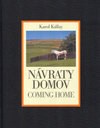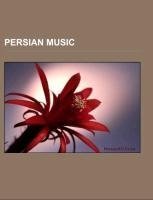
-
 Anglický jazyk
Anglický jazyk
Persian music
Autor: Source: Wikipedia
Source: Wikipedia. Pages: 29. Chapters: Ahmad Zahir, Alaki (album), Amir Khan (singer), Arabic maqam, Dastgah-e Mahur, Dastgah-e sur, Golha (radio programmes), Hayedeh, Houshang Ostovar, Ishaq al-Mawsili, Jabr-e Joghrafiyaei, Kitab al-Musiqa al-Kabir, Lavta,... Viac o knihe
Na objednávku, dodanie 2-4 týždne
14.85 €
bežná cena: 16.50 €
O knihe
Source: Wikipedia. Pages: 29. Chapters: Ahmad Zahir, Alaki (album), Amir Khan (singer), Arabic maqam, Dastgah-e Mahur, Dastgah-e sur, Golha (radio programmes), Hayedeh, Houshang Ostovar, Ishaq al-Mawsili, Jabr-e Joghrafiyaei, Kitab al-Musiqa al-Kabir, Lavta, Mahoor Scores by Mokhber-Al-Saltaneh, Morteza Neydavoud, Octatonic scale, Oy (album), Persian piano music, Persian ritual music, Persian scale, Persian symphonic music, Persian traditional music, Persian Trilogy, Qanun (instrument), Rhythm in Persian music, Safi al-Din al-Urmawi, Soghati, Symphonic Orchestra of Dushanbe, Takht (music), Tasnif, Useless Kisses, Yulduz Usmonova, Zurna. Excerpt: Arabic maqam (Arabic: ¿ / ALA-LC: maqam; pl. maqamat) is the system of melodic modes used in traditional Arabic music, which is mainly melodic. The word maqam in Arabic means place, location or position. The Arabic maqam is a melody type. It is "a technique of improvisation" that defines the pitches, patterns, and development of a piece of music and which is "unique to Arabian art music." There are seventy two heptatonic tone rows or scales of maqamat. These are constructed from major, neutral, and minor seconds (see Arab tone system). Each maqam is built on a scale, and carries a tradition that defines its habitual phrases, important notes, melodic development and modulation. Both compositions and improvisations in traditional Arabic music are based on the maqam system. Maqamat can be realized with either vocal or instrumental music, and do not include a rhythmic component. An essential factor in performance is that each maqam describes the "tonal-spatial factor" or set of musical notes and the relationships between them, including traditional patterns and development of melody, while the "rhythmic-temporal component" is "subjected to no definite organization." A maqam does not have an "established, regularly recurring bar scheme nor an unchanging meter. A certain rhythm does sometimes identify the style of a performer, but this is dependent upon his performance technique and is never characteristic of the maqam as such." The compositional or rather precompositional aspect of the maqam is the tonal-spatial organization including the number of tone levels and the improvisational aspect is the construction of the rhythmic-temporal scheme. The designation maqam appeared for the first time in the treatises written in the fourteenth century by al-Sheikh al-Safadi and Abdulqadir al-Maraghi, and has since then been used as a technical term in Arabic music. The maqam is a modal structure that characterizes the art of music of countries in North Africa, the Near East and Ce
- Vydavateľstvo: Books LLC, Reference Series
- Rok vydania: 2017
- Formát: Paperback
- Rozmer: 246 x 189 mm
- Jazyk: Anglický jazyk
- ISBN: 9781156858707

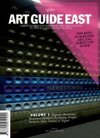





 Ruský jazyk
Ruský jazyk 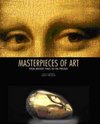
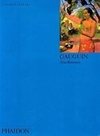
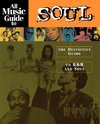
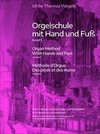
 Nemecký jazyk
Nemecký jazyk 
